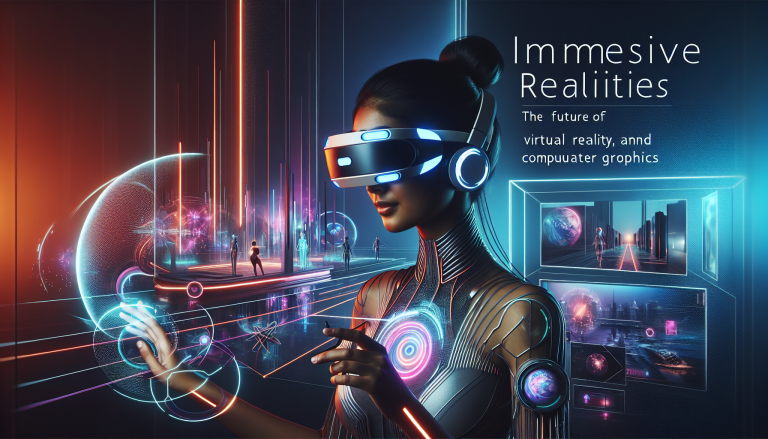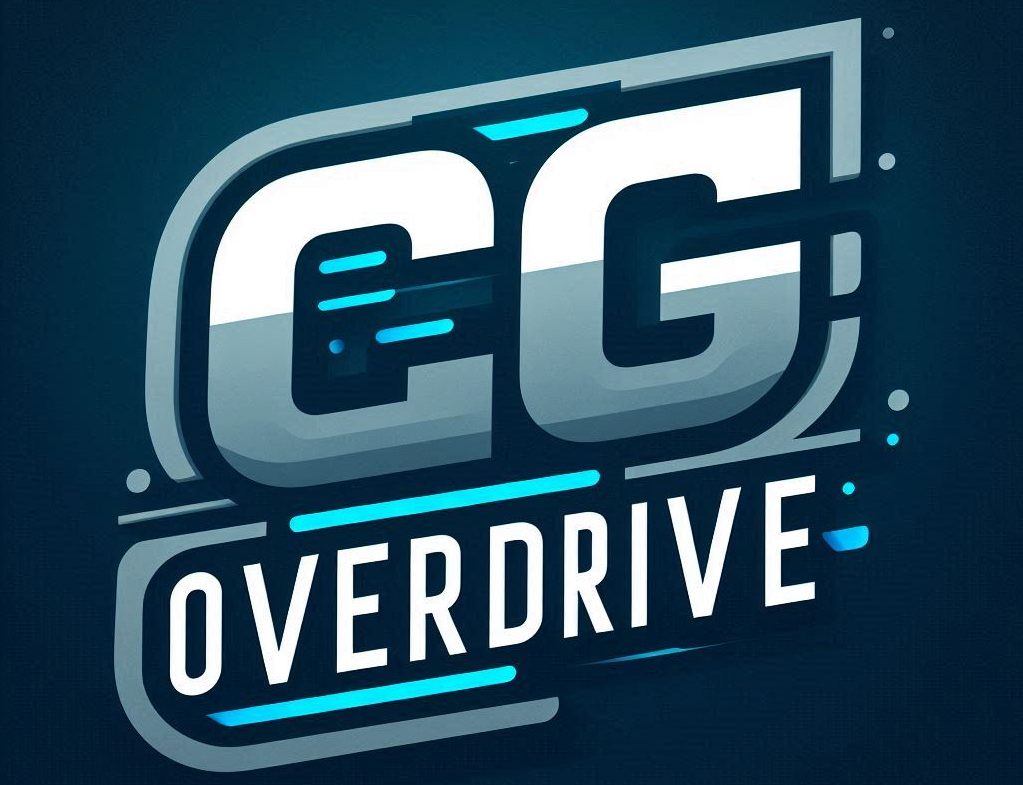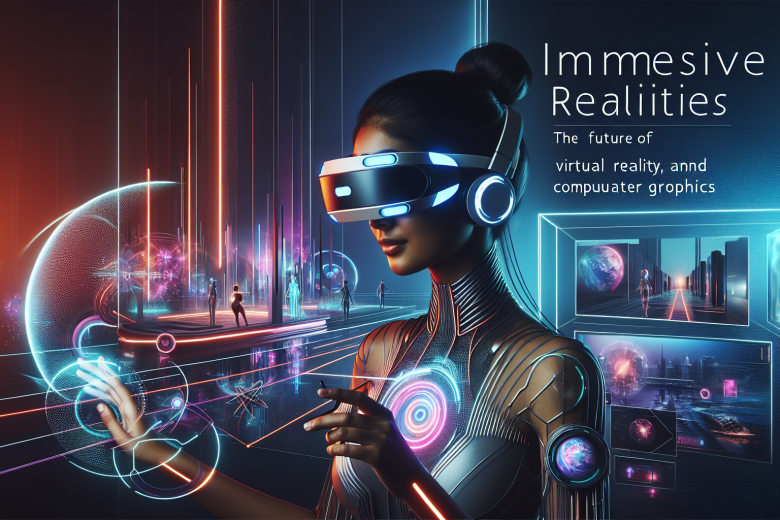Immersive Realities: The Transformative Power of Virtual Reality in Computer Graphics
Virtual Reality (VR) stands as a monumental leap in the computer graphics industry, redefining how we experience digital content. Unlike traditional mediums, VR immerses users in fully interactive 3D environments, blurring the boundary between the virtual and the real. This technology has not only pushed the frontiers of visual fidelity but has also introduced novel storytelling avenues, gaming paradigms, and innovative applications in education, healthcare, and design. For CG professionals and enthusiasts alike, mastering VR means navigating a complex interplay of hardware, software, and artistic vision — an exhilarating challenge that propels the industry forward.
The Unique Challenges of Creating Computer Graphics for Virtual Reality
VR development is a multifaceted endeavor that demands rigorous performance optimization paired with creative mastery. When crafting computer graphics for VR, several technical challenges emerge that are distinct from traditional 3D rendering:
– **Latency Sensitivity:** Even minor delays between head movement and graphical update can cause motion sickness. Maintaining latency below 20 milliseconds is critical.
– **High Frame Rate Requirements:** VR typically requires rendering at 90 frames per second or more to provide a seamless experience, placing immense pressure on GPU performance.
– **Stereoscopic Rendering:** Two slightly different images must be rendered simultaneously for left and right eyes, doubling workload.
– **Field of View and Distortion Correction:** Graphics must adapt to wide viewing angles and lens distortion to maintain immersion.
– **User Interaction and Spatial Awareness:** The environment must respond intuitively to gestures and real-world positioning, requiring real-time physics and precise input handling.
Addressing these challenges involves a mix of cutting-edge rendering techniques, hardware acceleration, and intelligent content optimization.
Key Techniques for Delivering High-Fidelity VR Experiences
To harness the full potential of computer graphics in VR, developers leverage a toolkit of specialized techniques aligned with performance and immersion goals:
| Technique | Purpose | Practical Advice |

|————————-|————————————————–|————————————————————–|
| Foveated Rendering | Reduces rendering detail in peripheral vision | Use eye-tracking hardware to dynamically prioritize pixels |
| Asynchronous Time Warp | Compensates for latency by reprojecting frames | Implement early to smooth user experience in motion |
| Level of Detail (LOD) | Adjusts mesh and texture complexity dynamically | Balance LOD transitions to avoid noticeable popping |
| Physically Based Rendering (PBR) | Enhances material realism | Calibrate for VR lighting conditions to prevent eye strain |
| Optimization of Shaders | Simplify shaders without losing quality | Profile and iterate using VR-specific tools like Oculus Profiler |
These methods combine to ensure that VR content is visually compelling while maintaining the strict technical constraints imposed by the medium.
Designing User-Centric VR Environments: From Visual Effects to Spatial Audio
The visual intensity of VR presence stems not just from high-resolution computer graphics but also from holistic sensory design. Visual effects (VFX) within VR must be carefully crafted—not only to impress but to enhance user comfort and spatial understanding. Techniques include:
– **Depth Cues:** Leveraging shadows, occlusion, and atmospheric effects to guide spatial perception.
– **Dynamic Lighting:** Real-time lighting that adjusts to user position and time of day increases realism.
– **Particle Systems:** Used for immersive weather effects, fire, smoke, and other interactive details without overwhelming GPU.
– **Spatial Audio Integration:** Although not pure CG, integrating 3D audio synchronized with graphics dramatically elevates immersion.
– **UI/UX Considerations:** Floating menus and controls must be ergonomically placed within the 3D space for intuitive access without breaking immersion.
These design choices empower creators to build lifelike worlds that engage multiple senses simultaneously.
Virtual Reality in Gaming: Pushing the Boundaries of Interaction and Storytelling
Gaming has always been a driver of computer graphics innovation, and VR stands as its most exciting frontier. The fusion of VR and gaming offers unparalleled agency and immersion but requires rethinking core design principles:
– **Player Movement:** Traditional controls may cause nausea; solutions include teleportation, arm-swing locomotion, or room-scale tracking.
– **Narrative Embodiment:** Players become protagonists, demanding new narrative techniques like environmental storytelling and interactive dialogue.
– **Enemy and NPC Design:** Artificial intelligence must accommodate nuanced player positioning and gestures.
– **Multiplayer VR:** Synchronizing multiple users in a shared virtual space introduces complex network and rendering challenges.
Expert developers recommend prototyping mechanics early in VR to assess comfort and engagement, iterating rapidly with real user feedback.
Emerging Trends: How AI and Real-Time Ray Tracing Are Shaping VR Computer Graphics
The next wave of VR innovations leverages artificial intelligence and advanced rendering technologies to amplify realism and interactivity:
– **AI-Driven Content Generation:** Procedural generation powered by neural networks aids in creating expansive VR worlds without exhaustive manual labor.
– **Real-Time Ray Tracing:** Hardware support on modern GPUs enables lifelike reflections and global illumination, enhancing material realism.
– **Neural Rendering:** Machine learning algorithms can upscale textures and smooth animations in VR without increasing computational load.
– **Haptic Feedback Integration:** Combining tactile feedback with visuals augments immersion beyond just graphics.
Staying abreast of these trends—and integrating them thoughtfully—keeps VR projects at the cutting edge of the computer graphics industry.
Practical Steps to Get Started in VR Content Creation
For CG artists and developers eager to dive into VR, the landscape can be daunting. Here’s a step-by-step framework to launch your VR journey with confidence:
– **Understand the Hardware:** Familiarize yourself with major VR platforms like Oculus Quest, Valve Index, and HTC Vive. Know their specs and input methods.
– **Master VR-Ready Tools:** Learn game engines such as Unity and Unreal Engine, both offering robust VR support and asset pipelines.
– **Build a Prototype:** Start small with focused VR interactions and environments to grasp movement, scale, and user comfort.
– **Optimize Continuously:** Employ profiling tools specific to VR to monitor frame rates and latency, adjusting models and shaders accordingly.
– **Learn from Community and Open Resources:** Engage with VR developer forums, watch GDC talks, and dissect open-source VR projects.
– **Include User Testing:** VR users can experience motion sickness and discomfort; iterative testing helps refine the experience.
– **Experiment with Visual Effects:** Integrate optimized VFX like volumetric fog or particle systems to add depth and atmosphere.
– **Stay Updated on Standards:** Follow Khronos Group and OpenXR developments for cross-platform VR best practices.
Adopting this methodical approach ensures steady progress and production of high-quality VR content.
Bridging Realities: The Future of Computer Graphics in Virtual Reality
As VR technology matures, it’s evolving from novelty to mainstream platform, driving the evolution of computer graphics to new heights. The fusion of hyper-realistic rendering, AI-enhanced world-building, and multisensory experiences heralds a future where virtual and physical realities coexist dynamically. For creators and developers, this frontier offers endless opportunities for innovation—from redefining storytelling paradigms to transforming industries such as education, healthcare, and architecture.
Embracing VR means mastering both the artistry and engineering of computer graphics—a thrilling intersection of creativity and technology. This field rewards those who push past boundaries, continually experiment, and never lose sight of crafting experiences that resonate deeply with users. In VR, we’re not just shaping pixels on a screen; we’re building worlds, evoking emotions, and expanding what it means to explore digital reality.

